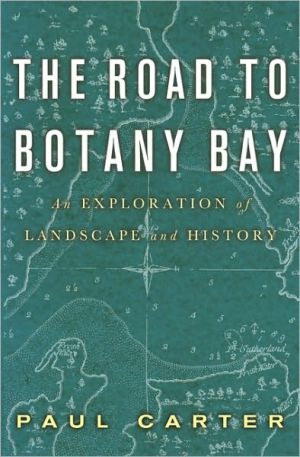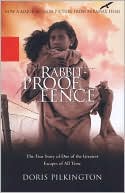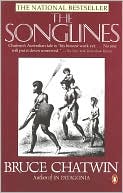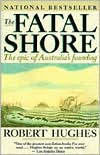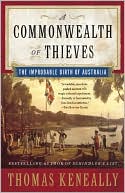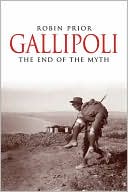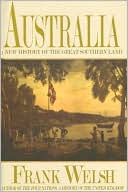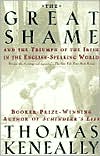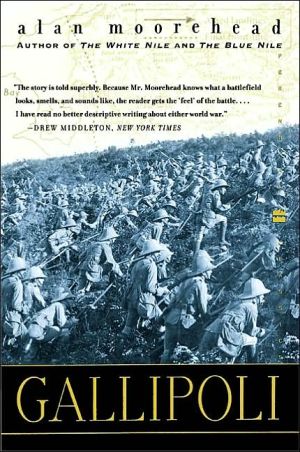The Road to Botany Bay: An Exploration of Landscape and History
The Road to Botany Bay, first published in 1987 and considered a classic in the field of cultural and historical geography, examines the poetic constitution of colonial society. Through a far-reaching exploration of Australia's mapping, narrative description, early urbanism, and bush mythology, Paul Carter exposes the mythopoetic mechanisms of empire. A powerfully written account of the ways in which language, history, and geography influenced the territorial theater of nineteenth-century...
Search in google:
The Road to Botany Bay, first published in 1987 and considered a classic in the field of cultural and historical geography, examines the poetic constitution of colonial society. Through a far-reaching exploration of Australia’s mapping, narrative description, early urbanism, and bush mythology, Paul Carter exposes the mythopoetic mechanisms of empire. A powerfully written account of the ways in which language, history, and geography influenced the territorial theater of nineteenth-century imperialism, the book is also a call to think, write, and live differently. Publishers Weekly In this ``spatial'' and cultural history, the British-born Australian author, editor of a Melbourne magazine, seeks the origins of Australian civilization in the journals, letters home, unfinished maps and other narratives by its explorers, soldiers and emigrants, including tall tales and accounts of escapes by convicts who helped settle the vast territory. Carter devotes much attention to the motives of explorers' selection of geographical names, and reflects upon the role of boundaries and grids to distinguish town from bush and balance nearness with distancea horizontality that developed into Australia's ubiquitous suburbs. He evokes in philosophical and poetic terms the loneliness of the early travelers crossing endless forests, plains and deserts, and the welcome of a candle in the window, celebrated in Australian literature. Carter explains that, because of the language barrier between invaders and aborigines, he views the latter only through the eyes of the former. Illustrations not seen by PW. (March)
List of Illustrations ixAcknowledgements xiIntroduction: A Cake of Portable Soup xiii1 An Outline of Names 12 An Airy Barrier 343 The Charm of Novelty 694 Triangles of Life 995 Debatable Land 1366 A Thorny Passage 1727 Elysiums for Gentlemen 2028 A More Pleasing Prospect 2309 Intimate Charm 26110 The Road to Botany Bay 29311 A Wandering State 320Notes 353Index 377
\ Publishers Weekly - Publisher's Weekly\ In this ``spatial'' and cultural history, the British-born Australian author, editor of a Melbourne magazine, seeks the origins of Australian civilization in the journals, letters home, unfinished maps and other narratives by its explorers, soldiers and emigrants, including tall tales and accounts of escapes by convicts who helped settle the vast territory. Carter devotes much attention to the motives of explorers' selection of geographical names, and reflects upon the role of boundaries and grids to distinguish town from bush and balance nearness with distancea horizontality that developed into Australia's ubiquitous suburbs. He evokes in philosophical and poetic terms the loneliness of the early travelers crossing endless forests, plains and deserts, and the welcome of a candle in the window, celebrated in Australian literature. Carter explains that, because of the language barrier between invaders and aborigines, he views the latter only through the eyes of the former. Illustrations not seen by PW. (March)\ \ \ \ \ BooknewsReprint. Originally published in 1988 by Knopf. Carter's narrative draws on many disciplines to offer insights into the history of Australian settlement. Annotation c. Book News, Inc., Portland, OR (booknews.com)\ \
